Meaning: “the act of doing” or “-ing” (turning verb phrases into noun-like expressions)
Grammar Point:
(Verb nominalizer)「の」 can turn verb phrases into noun phrases. This allows verbs to be used as subjects or objects. Common patterns include: Verb + の + が好き/嫌い, Verb + の + を + Verb (watching/hearing someone do something), Verb + の + を忘れる (forgetting to do something).
Formation:
Verb (dictionary form) + の + が/を/は + Adjective/Verb
日本語 / にほんご / Japanese
(1) 私はギターを弾くのが好きだ / 好きです。
(2) 昨日、息子は宿題をするのを忘れた / 忘れました。
(3) その少女は泣くのを止めた / 止めました。
(4) 弟は友達が来るのを待っている / 待っています。
(5) 娘は鳥が歌っているのを聞いた / 聞きました。
(6) 両親は雪が降るのを見ていた / 見ていました。
(7) 友達が彼女と話しているのを聞いた / 聞きました。
(8) 今朝、私は朝ご飯を食べるのを忘れた / 忘れました。
ことばと表現 / Words & Expressions
ギター【ぎたー gitaa】guitar
弾く【ひく hiku】to play (instrument)
好き【すき suki】to like
息子【むすこ musuko】son
少女【しょうじょ shoujo】girl
泣く【なく naku】to cry
止める【やめる yameru】to stop
娘【むすめ musume】daughter
鳥【とり tori】bird
雪【ゆき yuki】snow
降る【ふる furu】to fall (rain/snow)
今朝【けさ kesa】this morning
英語 / えいご / English
(1) I like playing guitar.
(2) Yesterday, my son forgot doing homework.
(3) That girl stopped crying.
(4) My younger brother is waiting for friends to come.
(5) My daughter heard birds singing.
(6) My parents were watching snow fall.
(7) I heard friends talking with her.
(8) This morning, I forgot to eat breakfast.
ひらがな / Hiragana
(1) わたしは ぎたーを ひくのが すきだ / すきです。
(2) きのう、むすこは しゅくだいを するのを わすれた / わすれました。
(3) その しょうじょは なくのを やめた / やめました。
(4) おとうとは ともだちが くるのを まっている / まっています。
(5) むすめは とりが うたっているのを きいた / きいました。
(6) りょうしんは ゆきが ふるのを みていた / みていました。
(7) ともだちが かのじょと はなしているのを きいた / きいました。
(8) けさ、わたしは あさごはんを たべるのを わすれた / わすれました。
ローマ字 / Roman characters
(1) Watashi wa gitaa o hiku no ga suki da / suki desu.
(2) Kinou, musuko wa shukudai o suru no o wasureta / wasuremashita.
(3) Sono shoujo wa naku no o yameta / yamemashita.
(4) Otouto wa tomodachi ga kuru no o matte iru / matte imasu.
(5) Musume wa tori ga utatte iru no o kiita / kiimashita.
(6) Ryoushin wa yuki ga furu no o mite ita / mite imashita.
(7) Tomodachi ga kanojo to hanashite iru no o kiita / kiimashita.
(8) Kesa, watashi wa asagohan o taberu no o wasureta / wasuremashita.







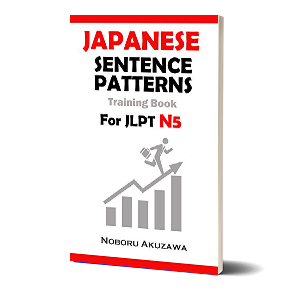
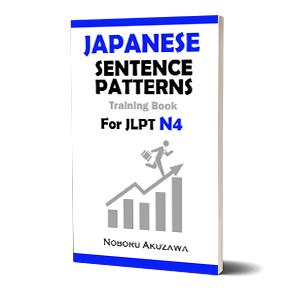
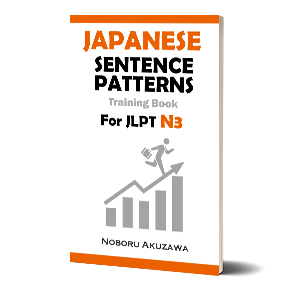
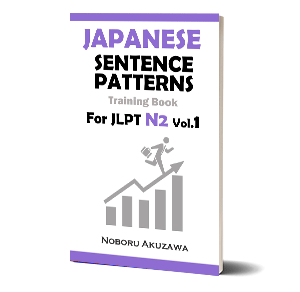
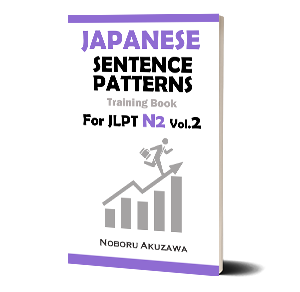
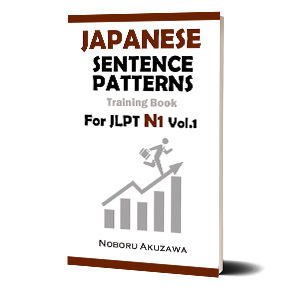

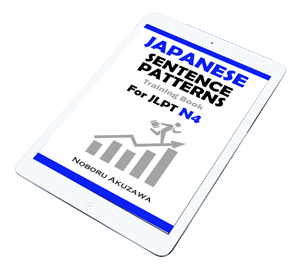
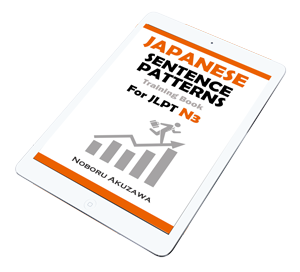
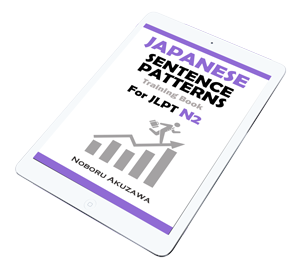
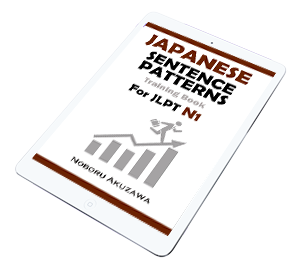









No comments yet.